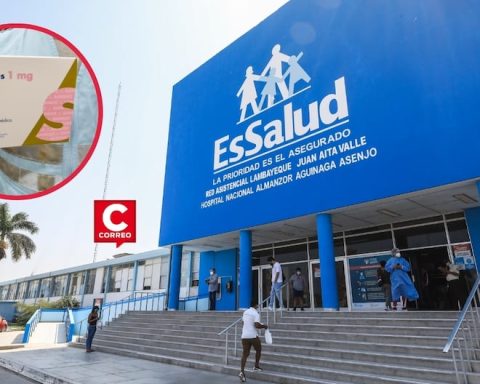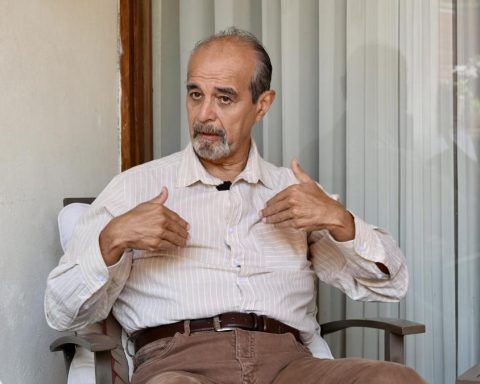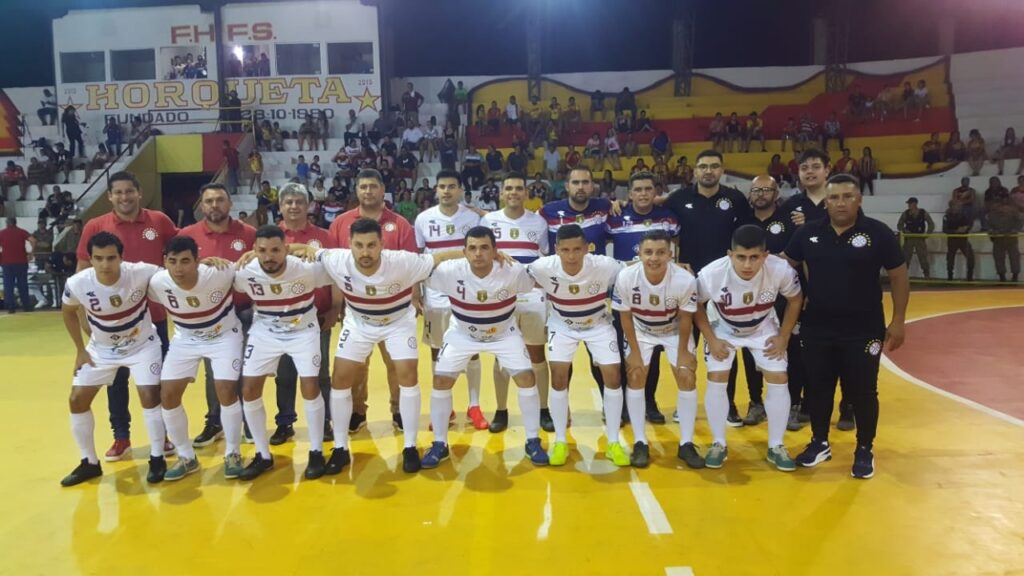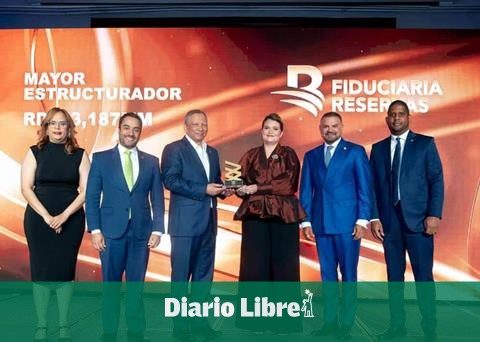According to the Financial Inclusion Index (IIF) 2022 of CredicorpPeru obtained a level of financial inclusion of 39.8, on a 100-point scale, in which the higher the score, the higher the level of financial inclusion. The IIF evaluates the access, use and perceived quality of the financial system in 8 countries of the region: Argentina, Bolivia, Chile, Colombia, Ecuador, Mexico, Panama and Peru. For this study, Ipsos interviewed more than 14,000 people.
Enrique Pasquel, Credicorp’s Corporate Affairs manager, points out that although Peru registered an increase of 2 points compared to the 2021 edition of the report (37.9), it is located in the penultimate position (7 out of 8) among the countries evaluated, surpassing only to Bolivia. “The promotion of financial inclusion is a priority issue in the region, for which authorities, academia and the financial industry must continue to join efforts. At this point, it is valuable to analyze and understand financial inclusion, according to the different demographic variables”says Pasquel.
In Peru, a young person tends to be more financially included. Peruvians between the ages of 18 and 25 have a level of financial inclusion of 46.6 points and those in the age group of 26 to 42 years have an index of 43.1 points. The level drops to 29.3 points in the segment of people over 60 years of age.
LOOK: Application is implemented in eight regions of the country that promotes financial inclusion
Likewise, in Peru men have a higher level of financial inclusion than women. They reach a score of 42.3, while women 37.5 points, which reflects the gender gaps that persist in financial inclusion.
Regarding educational level, people with higher levels of education are more included in the financial system. Peruvians with postgraduate studies have a level of financial inclusion of 65.3 points, while those with university education and technical education have 55.2 and 47.8 points, respectively. In the segment of people who do not have studies, financial inclusion is barely 22 points.
Another aspect in which differences in the levels of financial inclusion are identified is the geographical area in which people live. Peruvians who live in urban areas have a level of financial inclusion of 42 points, while those who live in rural areas have a level of financial inclusion of 30.9 points.
People with internet access are much more included in the financial system than those who do not. Digitization is an enabler of inclusion.
The levels of financial inclusion are also higher among dependent workers (52.3 points), independent workers (40.4 points) and students (43.9 points). Housewives (30.8 points) and the unemployed (28.7 points) are less included in the financial system.
Finally, Peruvians who have Internet access have a much higher level of financial inclusion than those who are not connected to the Internet: 44.7 points and 25.4 points, respectively. Undoubtedly, digitization and the adoption of digital solutions is an enabler of financial inclusion in Peru.
- To see the complete results of the second Credicorp Financial Inclusion Index, click here: https://www.grupocredicorp.com/indice-inclusion-financiera/
RECOMMENDED VIDEOS
:quality(75)/cdn.jwplayer.com/v2/media/9iFcDbmu/poster.jpg)


















